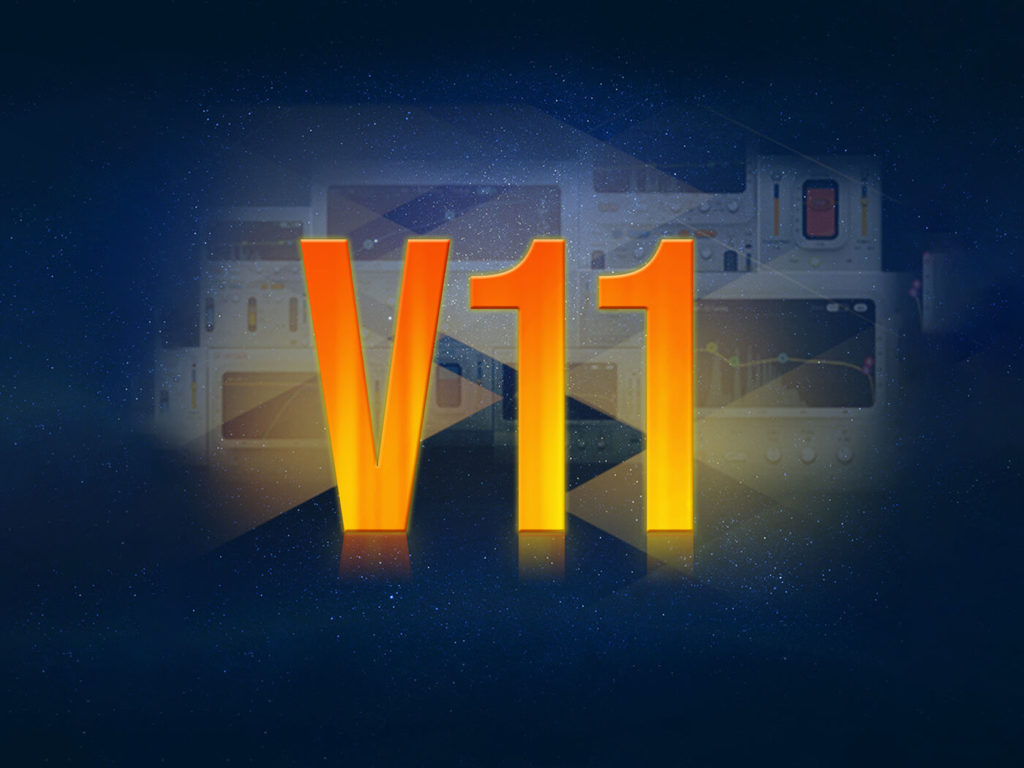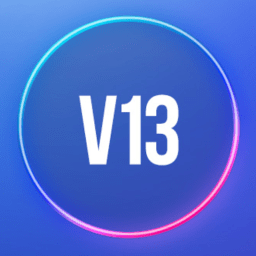Waves 11 Full Bundle Crack v16.01.2020 Latest Free Download
Waves Crack is disturbances or oscillations that propagate through a medium or space, carrying energy but not matter. There are many types of waves, including mechanical waves, electromagnetic waves, and sound waves.

Mechanical waves are waves that require a medium to propagate. Examples include ocean waves, seismic waves, and sound waves. These waves travel by causing the particles of the medium to oscillate back and forth in a wave-like pattern.
Electromagnetic waves, on the other hand, do not require a medium and can travel through a vacuum. Examples include radio waves, microwaves, infrared radiation, visible light, ultraviolet radiation, X-rays, and gamma rays. These waves are oscillations of electric and magnetic fields and travel at the speed of light.
Sound waves are a type of mechanical wave that propagate through a medium by compressing and rarefying the particles of the medium. The speed of sound depends on the properties of the medium, such as its density and elasticity.
Waves can be described by a number of properties, including their amplitude, wavelength, frequency, and velocity. The amplitude is the maximum displacement of the wave from its rest position, while the wavelength is the distance between two consecutive points on the wave that are in phase. The frequency is the number of oscillations per unit time, and the velocity is the speed at which the wave propagates through the medium.
Waves Overview 2023:
Waves are disturbances or oscillations that propagate through a medium or space, carrying energy but not matter. They come in many types, including mechanical waves, electromagnetic waves, and sound waves.
Mechanical waves require a medium to propagate, while electromagnetic waves can travel through a vacuum. Sound waves are a type of mechanical wave that propagate through a medium by compressing and rarefying the particles of the medium.
Waves can be described by properties such as amplitude, wavelength, frequency, and velocity. The amplitude is the maximum displacement of the wave from its rest position, while the wavelength is the distance between two consecutive points on the wave that are in phase. The frequency is the number of oscillations per unit time, and the velocity is the speed at which the wave propagates through the medium.
Some common examples of waves include ocean waves, seismic waves, radio waves, microwaves, infrared radiation, visible light, ultraviolet radiation, X-rays, and gamma rays. Waves play an important role in many areas of science, technology, and everyday life, such as communication, medicine, and weather forecasting.
Key Features:
- Amplitude: The amplitude of a wave is the maximum displacement of the wave from its rest position. For example, in a sound wave, the amplitude corresponds to the loudness of the sound.
- Wavelength: The wavelength of a wave is the distance between two consecutive points on the wave that are in phase. In other words, it is the distance between two crests or two troughs of the wave. The wavelength determines the color of light in the electromagnetic spectrum and the pitch of sound waves.
- Frequency: The frequency of a wave is the number of oscillations per unit time. It is measured in hertz (Hz) and is related to the pitch of a sound wave and the energy of an electromagnetic wave.
- Velocity: The velocity of a wave is the speed at which the wave propagates through the medium. It is related to the wavelength and frequency of the wave by the equation v = λf, where v is the velocity, λ is the wavelength, and f is the frequency.
- Reflection: When a wave encounters a boundary between two media, it can bounce back off the boundary. This is known as reflection and can be seen in the reflection of light off a mirror or sound off a wall.
- Refraction: When a wave passes through a boundary between two media with different densities, its velocity and direction can change. This is known as refraction and is responsible for the bending of light when it passes through a prism.
- Interference: When two waves meet in the same medium, they can interfere with each other. If the waves are in phase, they can reinforce each other, leading to constructive interference. If the waves are out of phase, they can cancel each other out, leading to destructive interference.

What’s New?
- Quantum Waves: The study of quantum mechanics has revealed the wave-particle duality of matter. Quantum waves are described by wave functions that can be used to predict the probability of finding a particle in a particular location. Quantum waves are an active area of research in the field of physics.
- Terahertz Waves: Terahertz waves are a type of electromagnetic wave with frequencies between infrared and microwaves. They have the potential for use in medical imaging, security screening, and wireless communication. Researchers are currently exploring ways to generate and manipulate terahertz waves for these applications.
- Wave Energy: Wave energy is a form of renewable energy that harnesses the power of ocean waves to generate electricity. New developments in wave energy technology include floating platforms that can generate electricity from both the vertical and horizontal motion of waves, as well as the use of artificial intelligence to optimize wave energy conversion.
- 5G Technology: 5G technology is the latest generation of wireless communication that uses high-frequency waves to transmit data. It has the potential to provide faster internet speeds and enable new applications such as autonomous vehicles and smart cities. However, the deployment of 5G technology has also raised concerns about potential health and environmental effects of the high-frequency waves.
System Requirements:
- Operating System: OS X 10.12.6 or later
- Ram (Memory): 8 GB Minimum required for this dmg.
- Disk Space: 6 GB free space needed for this app.
- System Processor: Intel Core i5 / i7 / Xeon or later (Core i5, Core i7).
How To install?
- Determine the specific software you need. This could include simulation software for electromagnetic waves, acoustic waves, or other types of waves, or data analysis software for working with wave data.
- Search for the software on the internet. You can use search engines or online software repositories to find the software you need.
- Check the system requirements for the software. Make sure that your computer meets the minimum requirements for running the software.
- Download the software. Most software can be downloaded directly from the internet. Follow the prompts to download and install the software on your computer.
- Install the software. Once the software has been downloaded, follow the installation instructions to install it on your computer.
- Launch the software and start using it. Depending on the software, you may need to enter a license key or create an account to start using it.
